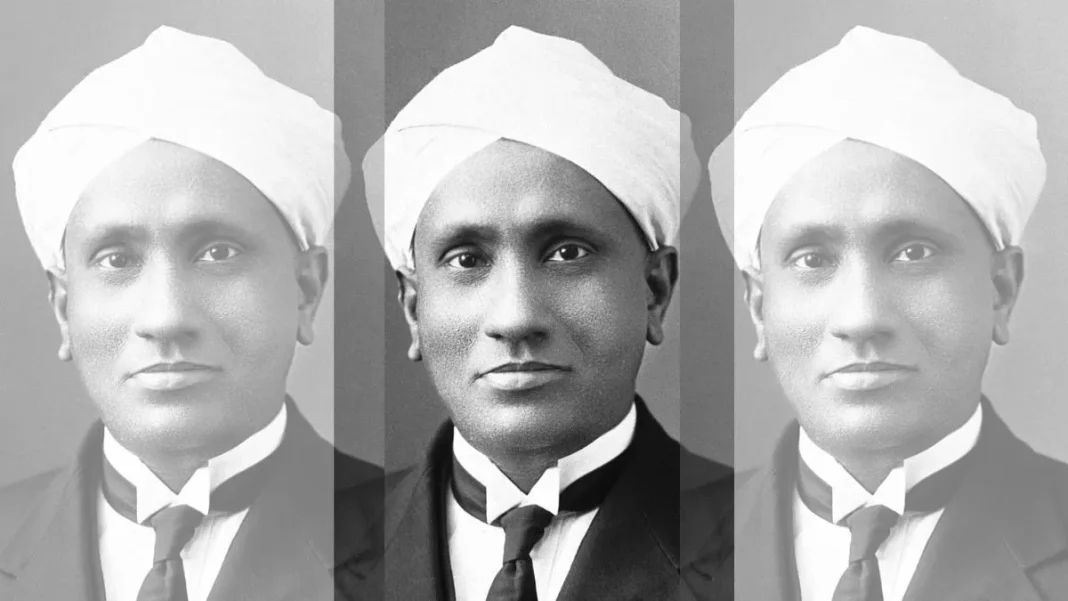Key Takeaways
- CV Raman rejected multiple offers from Western labs after winning his Nobel Prize
- He remained in India to build scientific culture and mentor students
- The Raman Effect discovered in 1928 remains crucial for modern analytical techniques
- Raman spectroscopy is widely used across physics, chemistry, and biology
Chandrasekhara Venkata Raman, one of India’s greatest physicists, chose to remain in his homeland despite receiving numerous opportunities to work in prestigious Western laboratories after winning the Nobel Prize in 1930.
Born on November 7, 1888, in Tiruchirapalli, Tamil Nadu, Raman made his groundbreaking discovery of the Raman Effect in 1928, which earned him international acclaim and the Nobel Prize in Physics just two years later.
Why CV Raman Rejected Western Opportunities
Despite receiving multiple offers from European and American universities and research institutions, Raman consistently declined them. His commitment to India’s scientific development was unwavering.
Raman strongly believed India needed to develop its own robust scientific culture. He considered it his duty to mentor students and help produce more scientists within the country.
“I have my laboratory in India, my students are here, and my work is here. Why should I go anywhere else?”
Understanding the Raman Effect
Discovered in 1928, the Raman Effect describes how light changes wavelength when passing through transparent materials like solids, liquids, or gases. The phenomenon was identified during studies of the Mediterranean Sea’s blue color.
In simple terms, when light passes through an object, it scatters. While most scattered light maintains the same wavelength, some shifts to shorter or longer wavelengths, creating unique molecular signatures.
Relevance in 2025 and Beyond
The Raman Effect remains critically important as the foundation of Raman spectroscopy, a standard analytical technique used across physics, chemistry, and biology. This method helps identify molecules through their distinctive “vibrational fingerprints.”
“The Raman Effect is a proof of the quantum nature of light and of the energy levels in molecules,” Raman explained about his theory.
The technique continues to advance scientific research and industrial applications worldwide, proving the lasting impact of Raman’s work nearly a century after its discovery.




